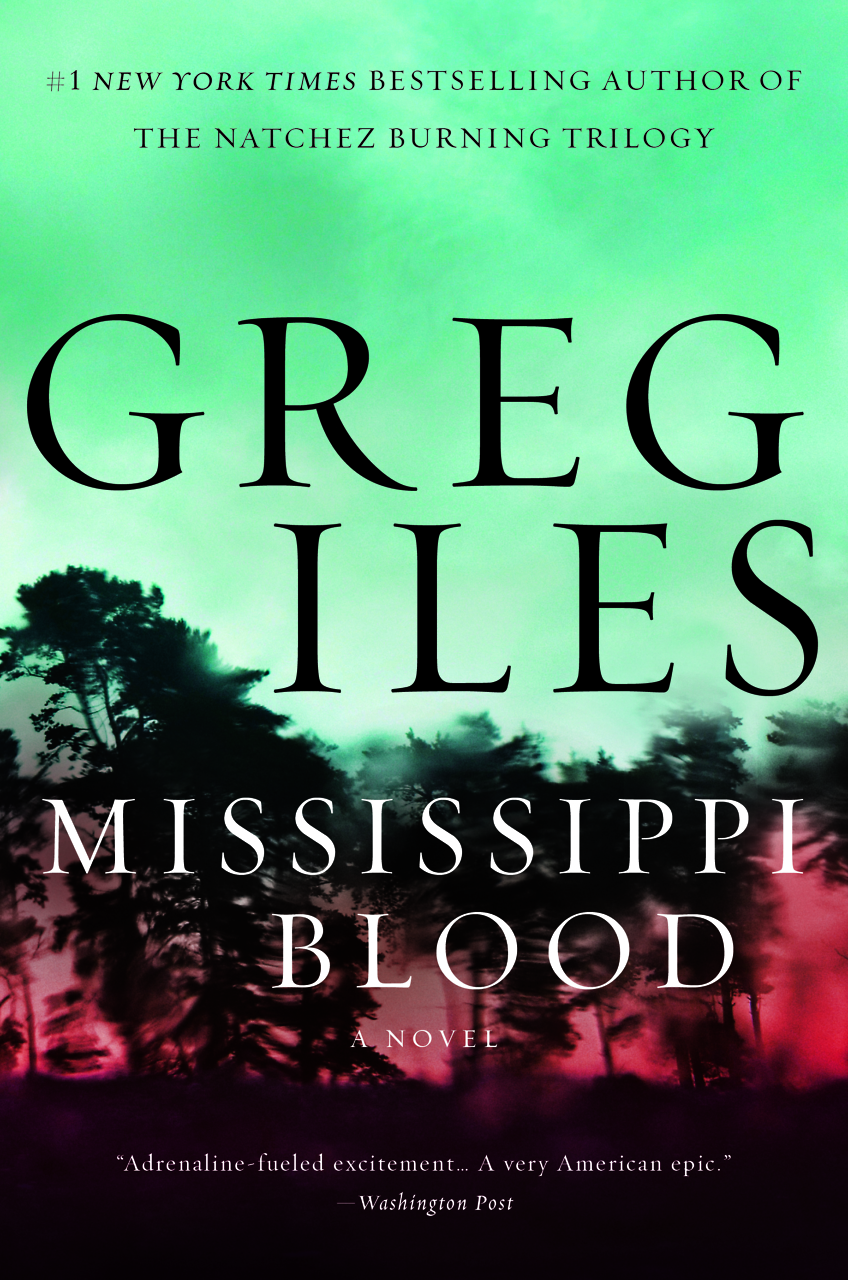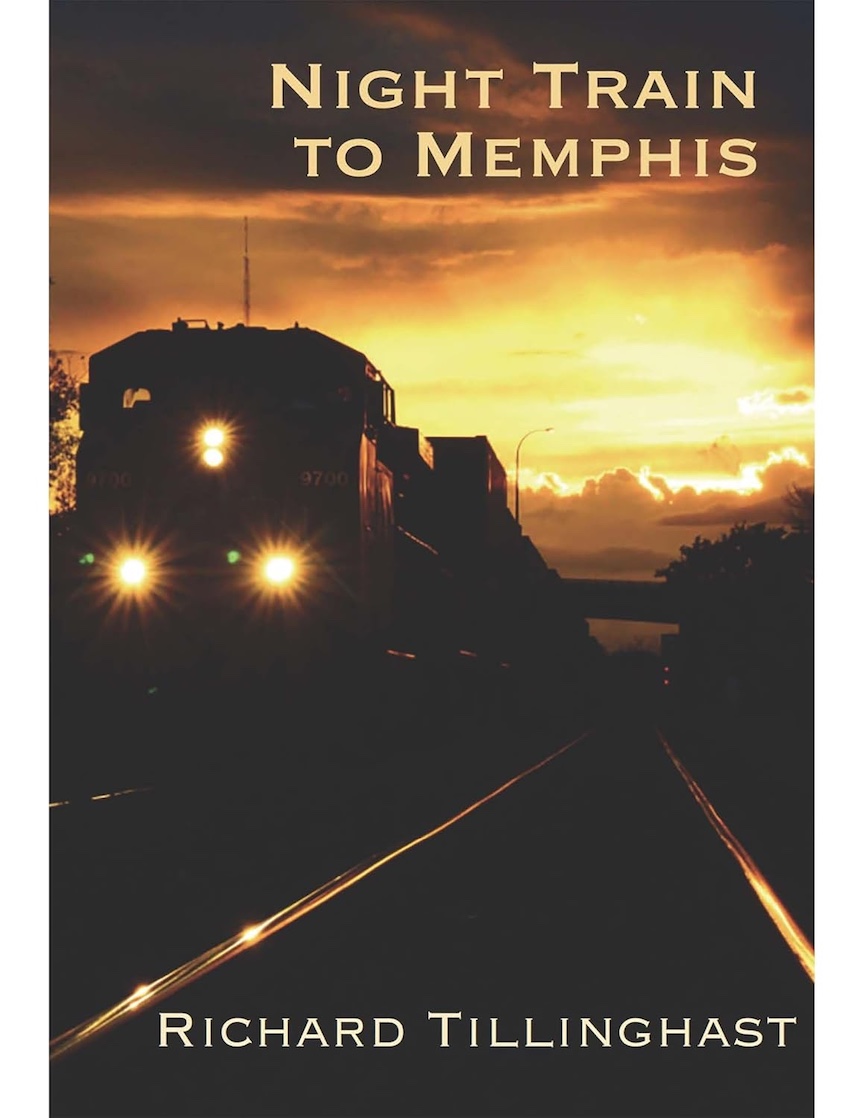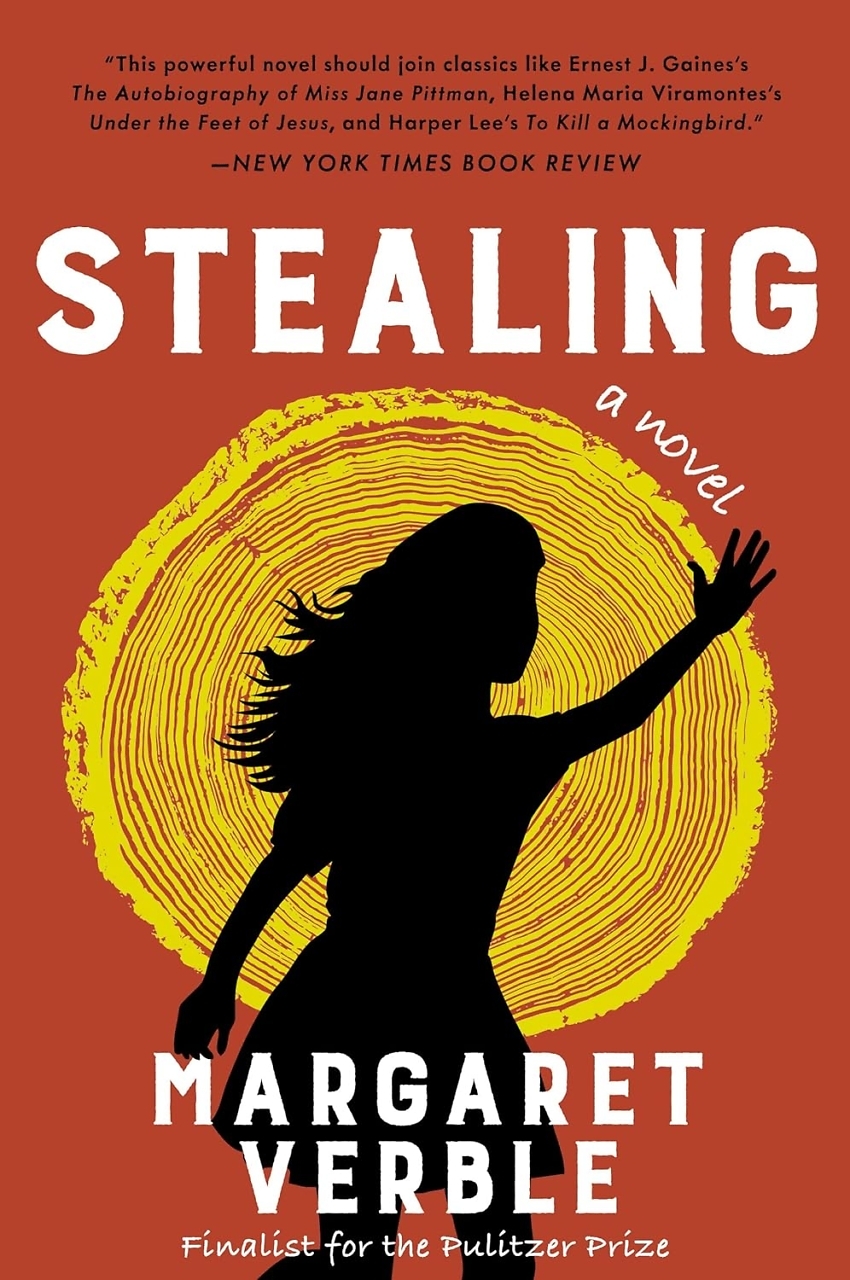Good Clean Crime
With The Penguin Book of Gaslight Crime, Michael Sims assembles a collection of tales about genteel fin-de-siècle con artists
Crossville native Michael Sims, author of award-winning nature books such as Apollo’s Fire (2008), is a longtime fan of early crime fiction, with a particular taste for caper stories told from the criminal’s point of view. His search for a good anthology of the sub-genre was, to his surprise and disappointment, unsuccessful. “Although the important detectives of the era had been herded into a lineup again and again, the great con artists and burglars had mostly eluded capture,” he writes in the introduction to The Penguin Book of Gaslight Crime—his attempt to fill this gap and bring together “the best crooks of the gaslight era” in a single volume. The book features a dozen colorful miscreants, including little-known creations by O. Henry and Sinclair Lewis, along with background material and author profiles by Sims.
The tone and style of these stories will be unfamiliar to fans of Patricia Cornwell, Thomas Harris, et al. Contemporary crime fiction is all about the ick factor. We like our evildoers evil—violent and emotionally twisted, a la the cultured, liver-loving Hannibal Lecter. Victorian and Edwardian readers, by contrast, preferred their anti-heroes more light-hearted. The outlaws featured in The Penguin Book of Gaslight Crime are a jaunty bunch, motivated by nothing darker than simple greed and the thrill of outwitting authority.
The archetypal gaslight crook, and probably the most famous, is the cricket-playing A. J. Raffles, created by E. W. Hornung. Clever, urbane Raffles is often described as the criminal counterpart of Sherlock Holmes. (The comparison is no coincidence, since Hornung was the brother-in-law of Holmes’s creator, Arthur Conan Doyle.) Sims includes an early story in the Raffles series, “Nine Points of the Law,” in which Raffles and his sidekick Bunny “recover” a painting for a wealthy collector. Raffles does not fancy himself a common burglar and takes on the job only after being told by the collector’s attorney, “No, no—it’s an enterprise, an adventure, if you like—but not stealing.” He requires the further reassurance of four thousand pounds to seal the deal. The exchange is a perfect illustration of the ethos of this particular gentleman thief.
Few of the stories in the collection can match the wit and sophistication of Hornung’s. Although the plots are clever and the period details are often fascinating, the prose can be laughably stilted. Here’s author Guy Boothby’s diamond thief, Simon Carne, plotting his heist: “But satisfactory as my progress has been hitherto,” he said to himself, “it is difficult to see how I am to get possession of the stones.” Few of the stories feature characters with such a stultifying interior life, but instances of bad writing are plentiful.
Still, The Penguin Book of Gaslight Crime is likely to entertain any fan of this particular fictional niche. Even the weakest stories are fun; and one story, Sinclair Lewis’s “The Willow Walk” is a literary gem that transcends any genre designation. Sims writes in the introduction that he chose the stories to please himself, and the result is a fine, varied collection, with a little something for any reader who has a soft spot for an elegant rogue.


